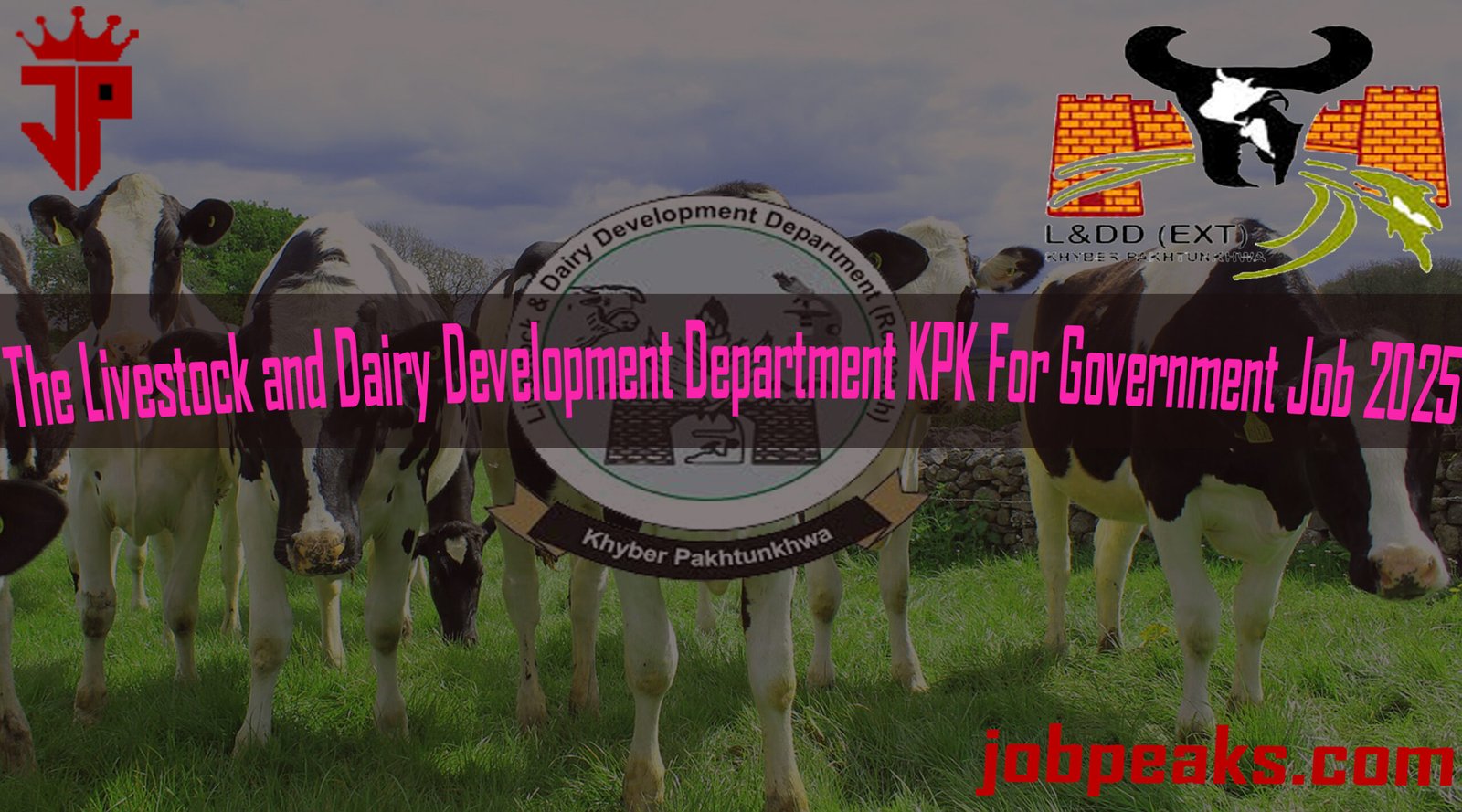
New Year’s Eve Traditions Across Different Cultures
New Year’s Eve is an important event celebrated across the globe, with each culture adding its distinct traditions and practices to the celebrations. These customs frequently embody the beliefs and historical stories of the communities that practice them. One notable practice comes from Japan, where the tradition of ‘Joya no Kane’ takes center stage. This ritual involves ringing temple bells a total of 108 times at midnight, symbolizing the cleansing of the past year’s 108 earthly desires. This act signifies a fresh start and allows individuals to enter the New Year free from the burdens of the past.
In Spain, New Year’s Eve is marked by the tradition of consuming 12 grapes at the stroke of midnight. Each grape represents a month of the New Year, and it is believed that eating one grape for every chime of the clock will bring good luck and prosperity. This practice reflects the Spanish belief in the importance of family and community, as many gather to share this experience, often accompanied by celebratory toasts and festivities.
Another fascinating custom is found in Scotland, where locals celebrate Hogmanay, a multi-day festival filled with various traditions. One significant ritual includes the ‘first-footing,’ where the first person to enter a home after midnight brings symbolic gifts for good fortune, such as coal, bread, salt, and whiskey. This practice embodies the Scottish value of hospitality and the prosperity that is wished for in the coming year.
Across the globe, different cultures have their own unique New Year’s Eve traditions, each illustrating a rich tapestry of values and beliefs. From lively fireworks in Sydney to vibrant street parties in Rio de Janeiro, these celebrations foster a sense of unity and hope as people prepare to welcome a new beginning. Such customs, while varying in practice, collectively contribute to the global mosaic of New Year celebrations, reflecting the diverse ways humanity seeks renewal and joy.

Global Fireworks Displays and Celebrations
As the world welcomes the New Year, vibrant fireworks displays grace the skies of numerous cities, each contributing to a spectacular global celebration. Among the most renowned locations for these dazzling shows are Sydney’s Harbour, New York City’s Times Square, and Dubai’s Burj Khalifa. These iconic landmarks not only serve as backdrops for an impressive array of fireworks but also as communication hubs, signaling the arrival of a new year to people everywhere.
Sydney, Australia, is often the first major city to ring in the New Year, featuring a mesmerizing fireworks show over its stunning harbour. The event attracts hundreds of thousands of spectators, who gather to witness the sky illuminate with colorful bursts of light synchronized to music. The logistical planning involved in organizing such an extensive celebration is considerable, with safety measures implemented to ensure a secure experience for all attendees. Local authorities work diligently to manage crowds and traffic while providing a festive atmosphere for families and visitors alike.
In the United States, New York City’s Times Square is synonymous with New Year celebrations. The iconic ball drop, which culminates in the midnight fireworks display, attracts millions of revelers, both in-person and through televised broadcasts. Organizing this event involves extensive coordination between city officials, security personnel, and broadcasting teams. The celebration emphasizes a collective sense of unity as diverse individuals gather to embrace the new year, overcoming any barriers of distance or nationality.
Dubai’s Burj Khalifa, the tallest building in the world, showcases one of the most extravagant fireworks displays globally. The event is a focal point for visitors eager to witness the breathtaking choreography of fireworks reflecting off the skyscrapers of the city. Each location not only provides a platform for stunning visual presentations but also enhances the communal aspect of welcoming a fresh start. As people across the globe unite in these celebrations, the joy and excitement foster a sense of togetherness, illustrating the beauty of shared traditions.
New Year’s Resolutions: A Worldwide Phenomenon
As the calendar ushers in a new year, people across the globe engage in the time-honored tradition of making New Year’s resolutions. This widespread practice allows individuals to reflect on the past year while setting aspirations for personal growth, physical health, and financial improvement. Although the specific resolutions may differ by culture, the underlying notion of renewal and hope remains consistent worldwide.
In many Western cultures, common resolutions include commitments to exercise more, eat healthier, and save money. These goals often stem from a desire to improve one’s lifestyle and are rooted in the Western emphasis on personal empowerment. By setting resolutions, individuals can prioritize self-improvement and kick-start their motivation for the year ahead. Similarly, in Eastern cultures, resolutions may focus on fostering family bonds or enhancing spiritual well-being, reflecting a holistic approach to personal development and community cohesion.
The psychology behind New Year’s resolutions is intriguing. Research indicates that the transition into a new calendar year acts as a psychological benchmark, encouraging individuals to reassess their lives and envision change. This phenomenon is not merely an act of creating goals; it embodies the human desire for hope and renewal. Particularly as we enter 2025, the act of setting resolutions symbolizes an opportunity to leave behind challenges of the previous year and move toward a more promising future.
Furthermore, the approach to resolutions varies intrinsically in different cultures. In some countries, people choose to focus on collective goals, emphasizing community improvement over individual desires. Regardless of regional differences, the cultural significance of making resolutions unites individuals globally, fostering a collective spirit of hope and aspiration as they embark on a new year filled with possibilities. Ultimately, New Year’s resolutions serve as a testament to humanity’s unwavering desire for progress and a brighter tomorrow.
Community Events and Local Celebrations
The New Year is a time when communities around the globe come together to celebrate not only the passing of time but also their cultural heritage and unity. Local celebrations and community events play a pivotal role in this endeavor, as they allow individuals to experience joy, togetherness, and a renewed sense of hope. Street festivals, parades, and various communal activities showcase diverse traditions that resonate with the unique histories and values of each locality.
In many parts of the world, the New Year is welcomed with vibrant street festivals that draw large crowds. These festivals typically showcase folk music, dance performances, and regional culinary specialties. For example, in places like Rio de Janeiro, Brazil, the streets transform into a lively spectacle of samba, colorful costumes, and fireworks, allowing residents and tourists alike to partake in the exuberance of the celebration. The festive atmosphere fosters a sense of belonging and enables community members to connect with one another, while embracing the arts and customs intrinsic to their identity.

Furthermore, local parades often serve as a highlight of New Year celebrations, showcasing elaborate floats and marching bands. Cities such as New York and Sydney organize grand parades that attract diverse participants and spectators, creating an inclusive environment that reflects the spirit of the occasion. These events, accompanied by cultural exhibits, workshops, and interactive activities, appeal to all ages, thus ensuring community-wide engagement and participation.
By promoting shared experiences, such communal events nurture a collective optimism for the year ahead. They provide an opportunity for individuals to reset, renew relationships, and collectively aspire for a brighter future. Ultimately, local traditions and neighborhood festivities serve as an essential cornerstone in celebrating the New Year, reinforcing the values of unity, diversity, and cultural pride within each community.
Click To More Detail
Write your question and query








